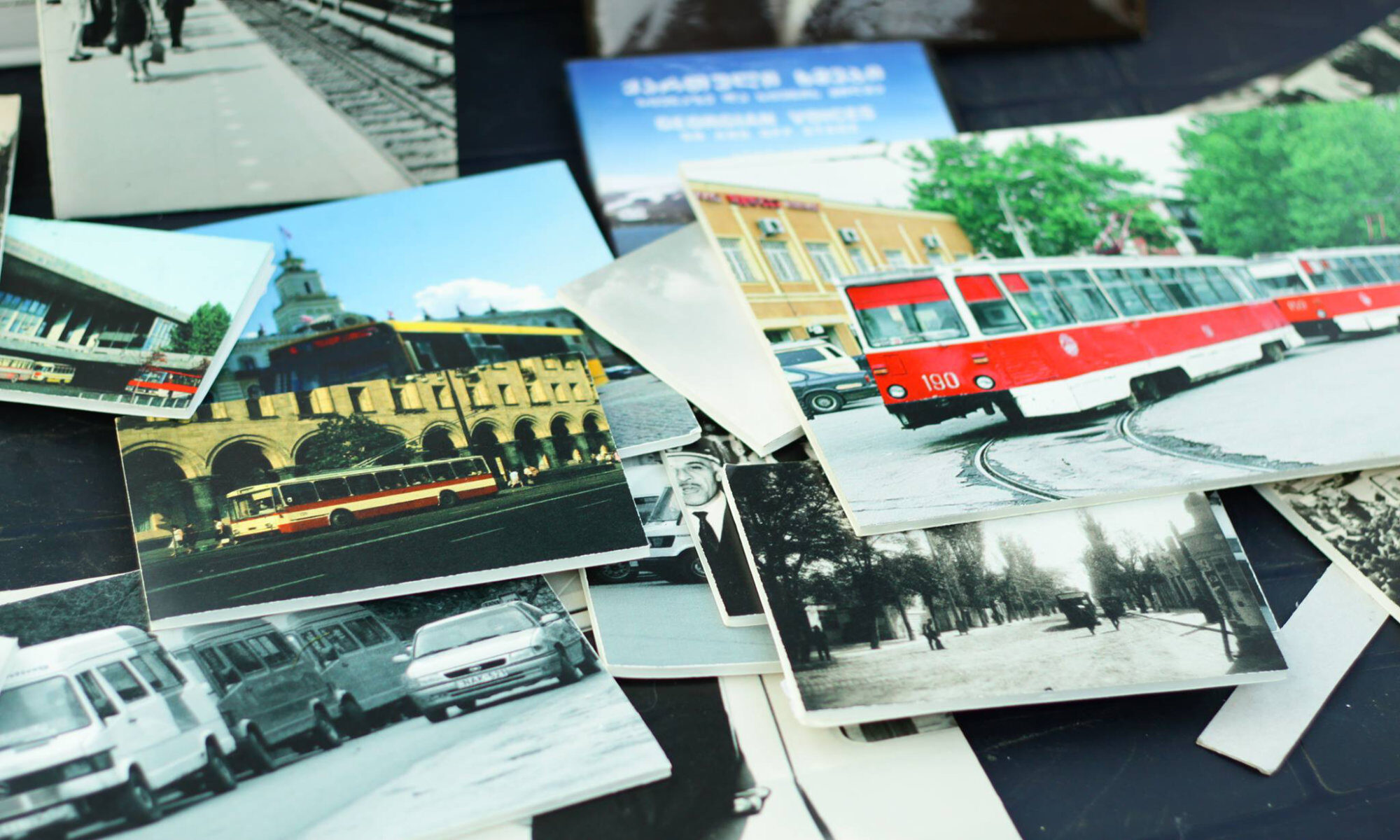
We are happy to invite you to the keynote lecture by Prof. Alexander Kiossev, Head of the Cultural Centre at Sofia University, on Wednesday, December 01. The lecture is part of Mittwochsvorträge in Specks Hof, a series of lectures by GWZO. It will be held online.
Title: The City as Spectacle of Self-Colonization: the Modernization of Sofia 1878–1914
Date and Time: Wednesday, December 01, 2021, starting at 17:00 CET
Venue: online
Please register here.
The event is organized in cooperation of CoMoDe, a project of Leibniz-Institute for Regional Geography (IfL), and Leibniz Institute for the History and Culture of Eastern Europe (GWZO). It is funded by Leibniz ScienceCampus »Eastern Europe – Global Area« (EEGA).
About Prof. Kiossev:

Alexander Kiossev is Professor of History of Modern Culture and Director of the Cultural Centre of Sofia University. His research interests include the problems of reading, the visual culture of the city, cultural history of totalitarianism and transition. His publications include four books in Bulgarian. He has edited and compiled collective studies in English, German, and Bulgarian. Many of his articles have been translated into English, German, French, Dutch, Ukrainian, Czech, Polish, Romanian, Serbian, and Macedonian.
About the lecture:
The lecture analyzes the transformation of the city of Sofia in the period after the Russian-Turkish war and the establishment of the new Principality of Bulgaria (1878). Chosen as a capital of the new semi-independent state, the small ex-Ottoman city (the majority of the Turkish population left after the Russian victory) was in growing and underwent a series of rapid changes. In this process of accelerated modernization, a new urban infrastructure was adopted; foreign engineers built Sofia’s water supply system, sewerage, electricity and transport networks (trams); simultaneously the streets were re-arranged following the orthogonal and radial model of a new urban plan, developed by Italian and Czech architects.
However, this urgent functional modernization was not sufficient: the new municipality, supported virtually by all Bulgarian economic, technical and intellectual elites, dreamt to have a “European capital” for Bulgaria. It seemed consensual and self-evident necessity that the city should be “de-orientalized”, which meant a radical change in its image.
In two decades, this collective phantasm led to practical consequences: a massive transformation of the skyline and the central part of Sofia. Unlike other modern urban modernization attempts, this process in Sofia followed a contradictory double strategy: it aimed a modern urban functionality, but simultaneously produced a specific policy of Eurocentric urban representation. The center of the city and other crucial loci had to gain new Patriotic-and-European vision, an official visual policy which went far beyond (in some cases even against) its urban functional modernization. Different tactics were used in the city-reshaping: from brutal destruction of mosques to Bulgarian renaming of old “mahalas”, from building of majestic new official buildings (in neo-European styles – neo-barock, art nouveau, “national romantic”) to nationalistic adaptation and de-contextualization of old Ottoman buildings. The modernization pretended also to wake up a long, Pre-Ottoman and ancient memory – the new streets repeated (one can say ‘quoted’) the ancient directions of the old Roman streets Decumanus Maximus and Cardo Maxima of mediaeval Ulpia Serdicа, remnants of which were lying exactly beneath the boulevards of the modern city center.
The lecture analyses the dark sides of this process, known in the professional urban historiography and scholarly literature only as progressive “Europeanization of Sofia“. It enlightens not only the brutal destruction of the Ottoman legacy in the city, but addresses also the unexpected and uncontrolled effects of the spectacle itself: the paradoxes in the manifested wish of Sofia to be “Vienna alike”, the eclecticism of architectural styles, the theatrical self-colonization of the whole restructured cityscape, which implicitly presupposed a Great Other (Europe) as an ideal Observer. In fact, this imaginary Eye, which was always absent, was replaced in the city’s everyday life with various random impressions and unexpected miss-readings of the patriotic city text by various foreign visitors of Sofia during the decades to follow.
